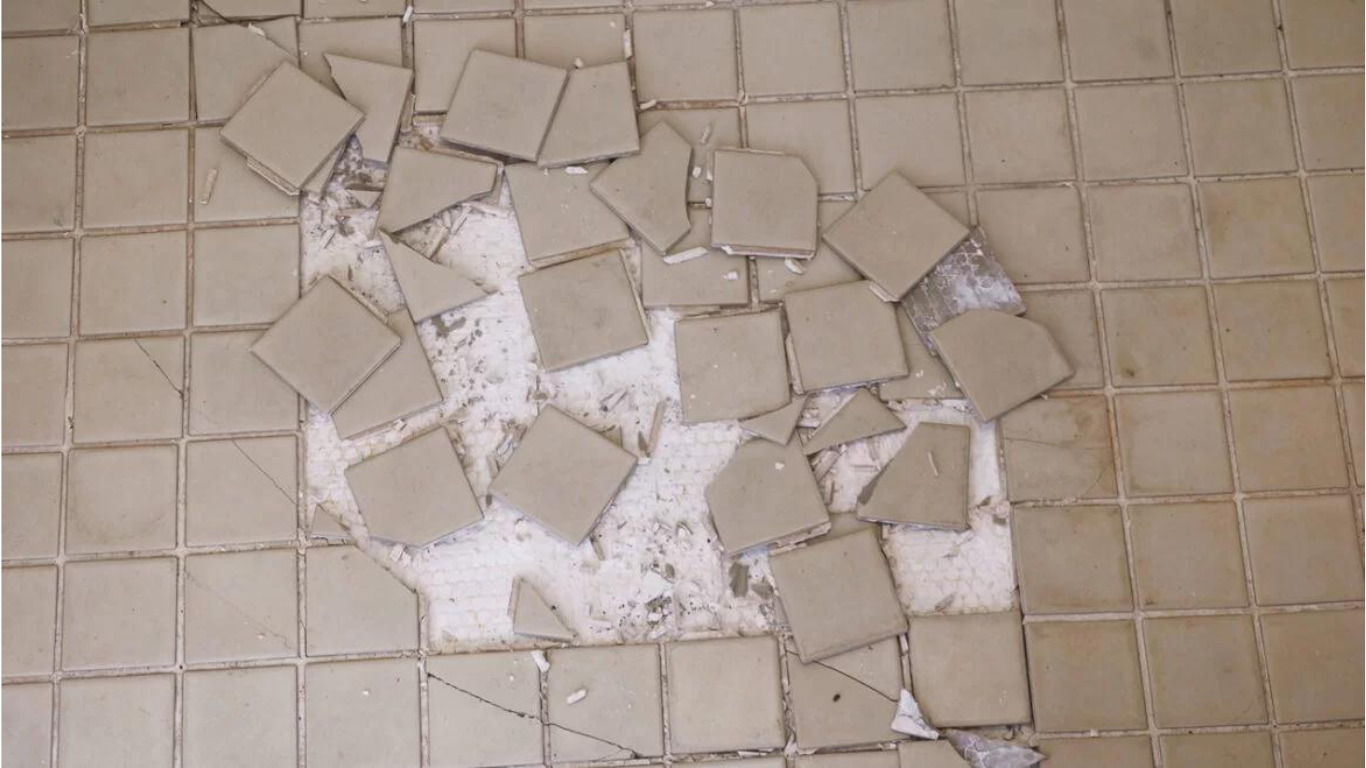Why Tiles Could Be Harming Your Health – What Every Homeowner Should Know

Many people love tiles for their sleek, shiny appearance and easy cleaning, but did you know that using tiles extensively in your home could lead to some unexpected health issues? While tiles are popular for their durability and low maintenance, they might not always be the healthiest choice, especially when used everywhere.....CONTINUE READING THE FULL STORY HERE
Firstly, tiles can make indoor spaces feel cold and hard. This is not just uncomfortable — prolonged exposure to cold surfaces can cause joint stiffness or worsen conditions like arthritis, especially in elderly family members. Walking barefoot on cold tiles regularly may increase muscle tension and discomfort.
Secondly, tiles can contribute to indoor air quality problems. Unlike materials such as wood or natural fabrics, tiles do not absorb moisture or pollutants. Instead, they can cause condensation and create damp areas, especially in humid climates or poorly ventilated rooms.
This dampness encourages mold and mildew growth, which can trigger allergies, asthma, or other respiratory issues. Mold spores floating in the air may worsen symptoms for sensitive individuals, children, or those with weakened immune systems.
Also, the grout used between tiles can be a breeding ground for bacteria and fungi if not cleaned properly and regularly. This hidden build-up can cause unpleasant odors and further aggravate allergies or skin irritations.
Moreover, tiles can be slippery when wet, increasing the risk of falls and injuries a particular concern for children and older adults. Falls can cause serious health complications, especially in people with fragile bones or balance issues.
Finally, some types of tiles or adhesives might contain harmful chemicals like formaldehyde or volatile organic compounds (VOCs). Over time, these chemicals can off-gas into your home’s air, potentially causing headaches, dizziness, or more serious long-term health problems.
In summary, while tiles offer a stylish and easy-to-clean surface, their coldness, potential for mold growth, slipperiness, and chemical emissions mean they might not be the healthiest choice for every home.
Considering alternatives like natural wood, cork, or even eco-friendly vinyl can help create a warmer, safer, and healthier living environment.
Disclaimer: This content including advice provides generic information only. It is in no way a substitute for a qualified medical opinion. Always consult a specialist or your own doctor for more information. NEWSHOUR does not claim responsibility for this information.
